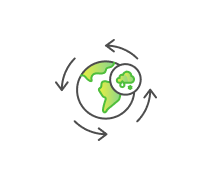Energy In Living Systems
- NGSS-LS2
- AP Biology
2.
You may optionally provide this to label your report, leaderboard, or certificate.
×
Thank you for your feedback!
















